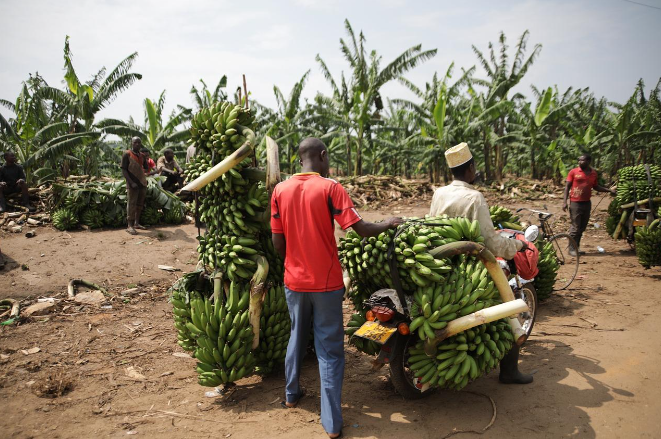Food products are one of the largest groups of goods that are subject to both import and export. Thus, when deciding to introduce a particular type of food into the European Union market, it is essential to know in advance the rules and requirements that apply to the transportation and importation of foodstuffs. Among the most relevant issues are customs rates and obligations that the importer must fulfill.
Customs rates and food imports – what do you need to know?
Before importing a particular commodity, it is always necessary to analyze all the costs and rules that are associated with bringing the goods into the country. This directly affects the final price of the product and thus the profitability of its sale. Key in this regard are, among other things, customs rates, which are different for each article. This is one of the elements that determine the final amount of duty. Specific tariff rates for specific goods can be checked in the ISZTAR tariff system.
In terms of food, the tariff rates are contained in several different sections depending on the type of product. The relevant prices apply to both the live Animals and Animal Products section, as well as Vegetable Products or Prepared Foodstuffs.
How are tariffs on food products calculated?
Depending on the type of food, as well as the country of origin, customs rates can vary and be calculated based on different rules. For example, the duty rate on dates is 7.7%, on quince 7.2%, and on rapeseed oil 9.6%. However, already for strawberry and strawberry puree it will be 24% + 23 euros per 100 kg.
When importing champagne, the duty rate is 32 euros per hl, although it should be remembered that excise taxes must still be taken into account for spirits. Quantitative restrictions are also imposed on some food products in terms of imports.
Obligations of the importer in food importation
Every importer must check the requirements of the target market for a particular product before purchasing goods, and must have knowledge of the item, its country of origin, method of manufacture or method of cultivation. For example, some goods of animal and plant origin must be certified in accordance with the CITES Convention. Dried articles (fruits, vegetables, flowers, seeds) additionally have a phytosanitary certificate. Some agricultural products, such as rice, must have an AGRIM (Agricultural Imports) license, in accordance with EU Commission Regulation 2016/1237, and goods from organic production must additionally bear a certificate from the C644 inspection, the Certificate of Inspection for Organic Products (EU Commission Delegated Regulation 2021/2306).
In addition, food-related imported goods must pass sanitary inspections at the border.
The special entry document CHED-P (Article 40 of EU Commission Implementing Regulation 2019/1715) is for articles of animal origin, and for some goods documents are required under the regulations on the commercial quality of agri-food products (Journal of Laws 2001 No. 5 item 44).
